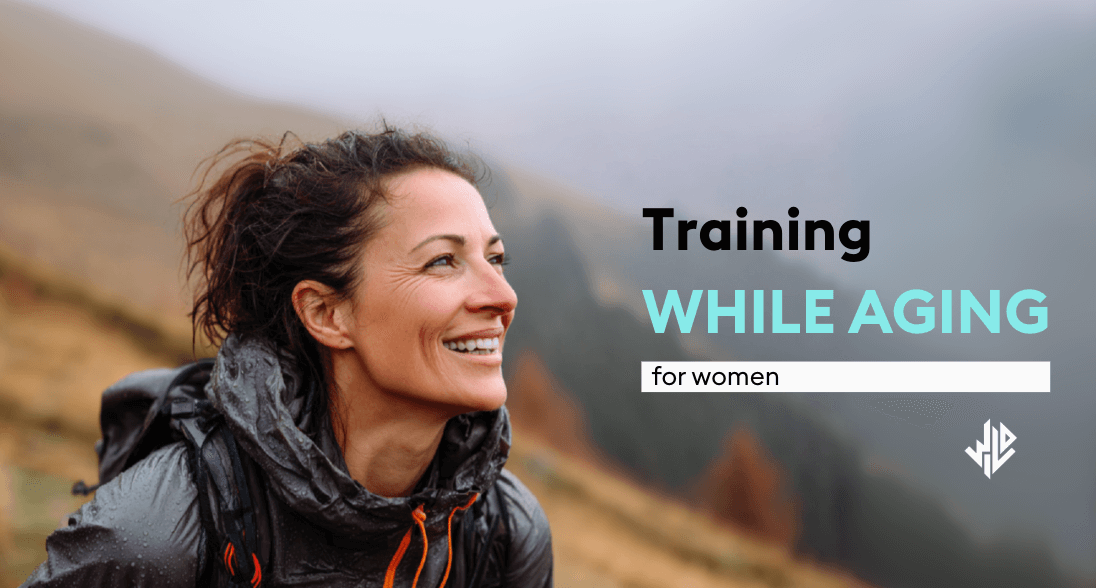As women approach their late 30s, 40s, and beyond, a quiet shift begins — one that traditional training plans rarely talk about. Performance dips, recovery takes longer, mood and motivation fluctuate. You may even hear yourself say, “What is happening to my body?”
The answer? Perimenopause.
It’s not the end of performance. It’s a new era — and one that requires a smarter training plan.
🌀 What Is Perimenopause, Actually?
Perimenopause is the transition phase leading up to menopause. It can begin as early as your late 30s and stretch into your mid-50s.
Hormonal patterns during this time:
- Estrogen becomes erratic — sometimes spiking, sometimes plummeting
- Progesterone steadily declines
- Cortisol sensitivity increases
- Sleep quality often deteriorates
- Recovery demands rise
📚 Science says:
- Santoro et al. (2015): Perimenopause creates fluctuating estrogen states that impact everything from mood to recovery
- Rankin (2020): Sleep disruptions and thermoregulation worsen with hormonal instability
- Westcott (2012): Resistance training helps preserve lean mass and bone density — critical during and after perimenopause
What Most Women Are Told
“You’re just getting older.”
“You probably need to cut calories and train harder.”
“You’re fine — your labs are normal.”
This kind of advice misses the physiological reality of menopausal transition.
What Actually Works for Women 35–55+
1. Rethink your training cadence
- Include more deload weeks
- Stop chasing daily PRs — cycle strength and mobility focus
2. Prioritize resistance training
- Lifting heavy (safely) helps preserve lean mass, bone density, and insulin sensitivity
- Even 2x/week improves outcomes
3. Support sleep like it’s your job
- Track temperature and HRV — adapt training volume based on recovery markers
- Consider supplements (e.g., magnesium glycinate, adaptogens)
4. Fuel like you mean it
- More protein, especially post-training
- Don’t fear carbs — your body needs them for mood, muscle, and sleep
You’re Not Losing It — You’re Evolving
This isn’t about reversing age. It’s about training in alignment with your biology — not against it.
With the right support, women in their 40s and 50s can feel stronger, more stable, and more in control than ever.
📲 How Wild.AI Supports Aging Athletes
- Tracks energy, symptoms, and hormonal shifts unique to perimenopause
- Recommends workout intensity based on recovery, not ego
- Flags red zones (fatigue, inflammation, poor sleep) before they spiral
You get clear, data-backed insights — not one-size-fits-all guesses.


0 Comments